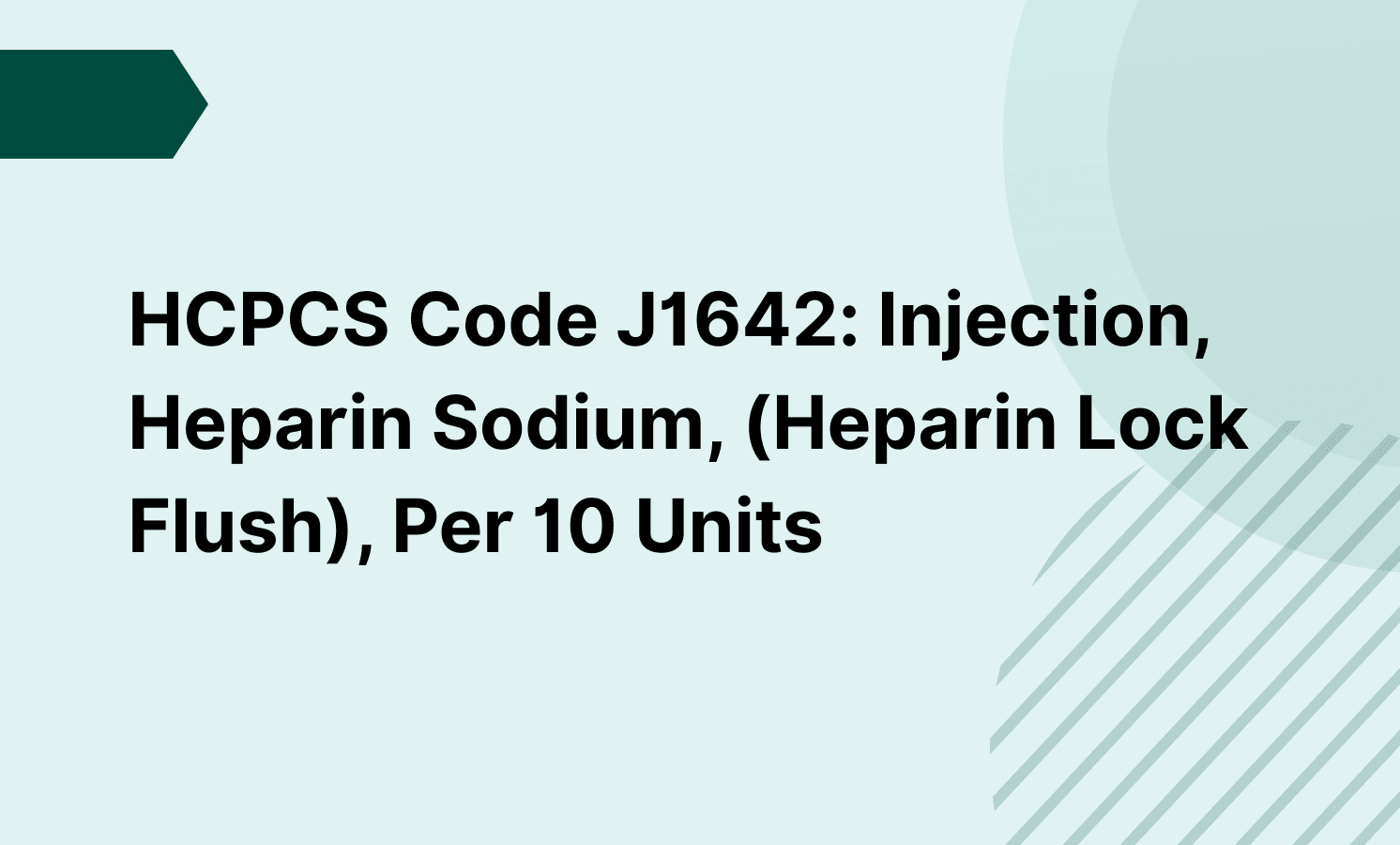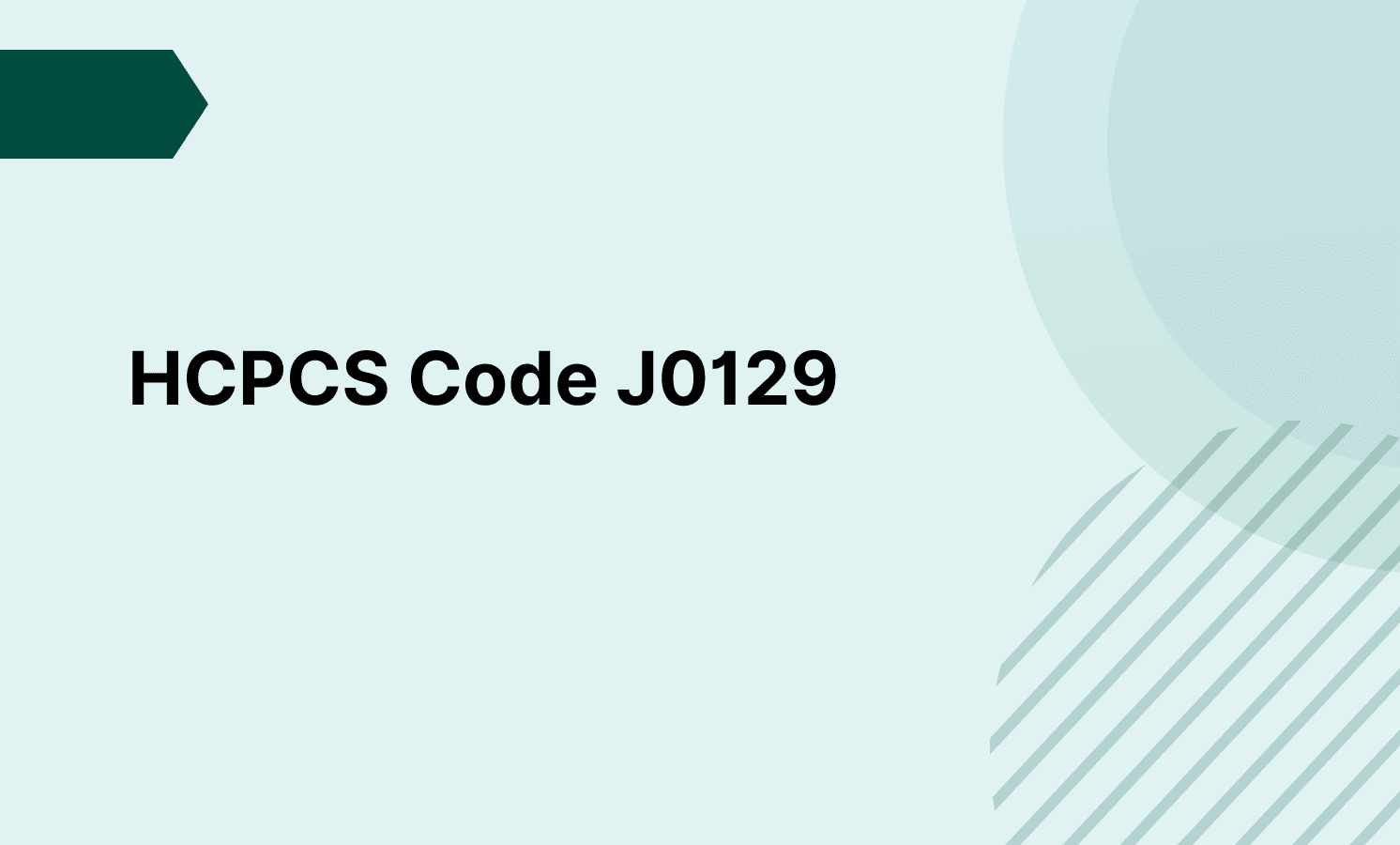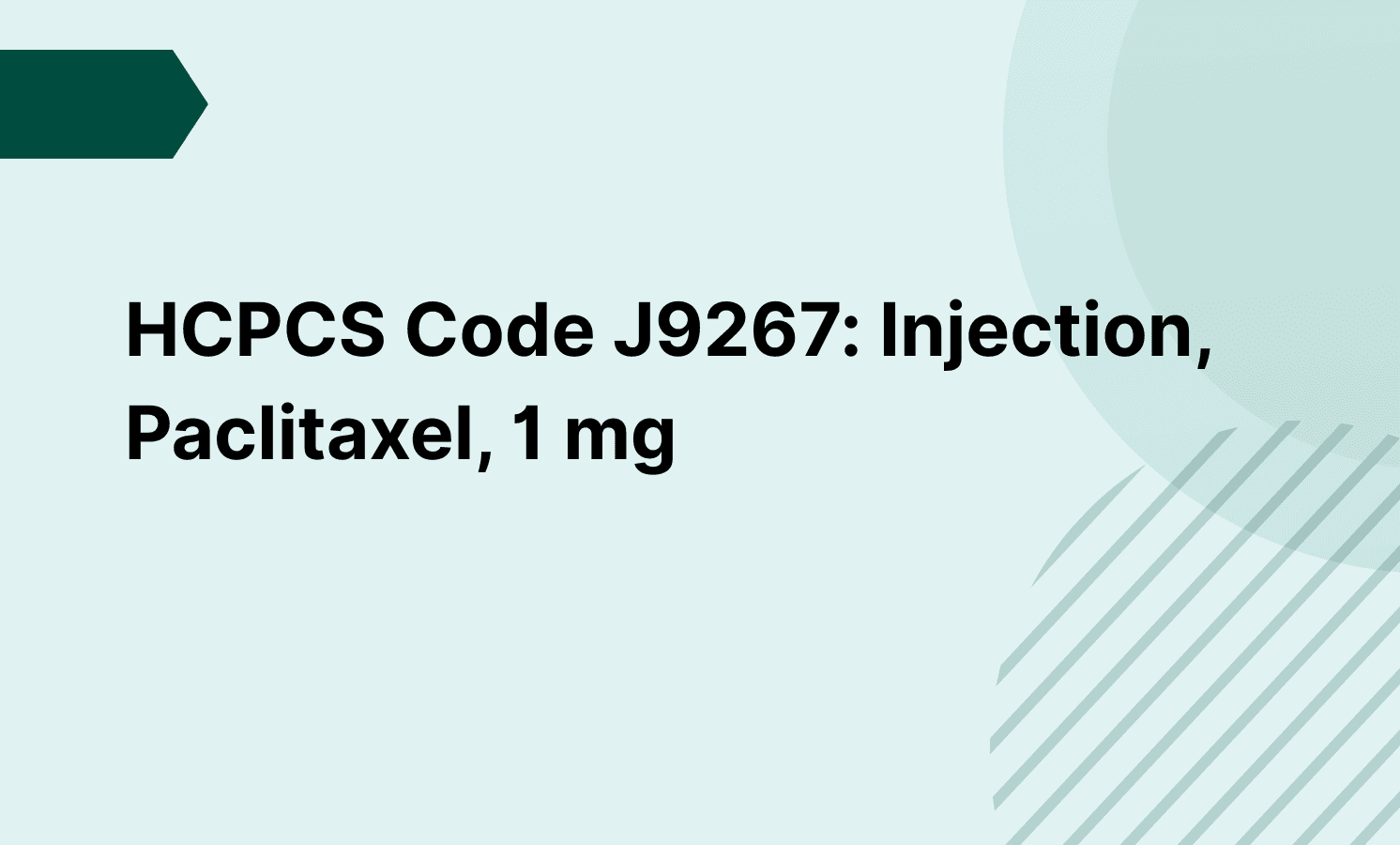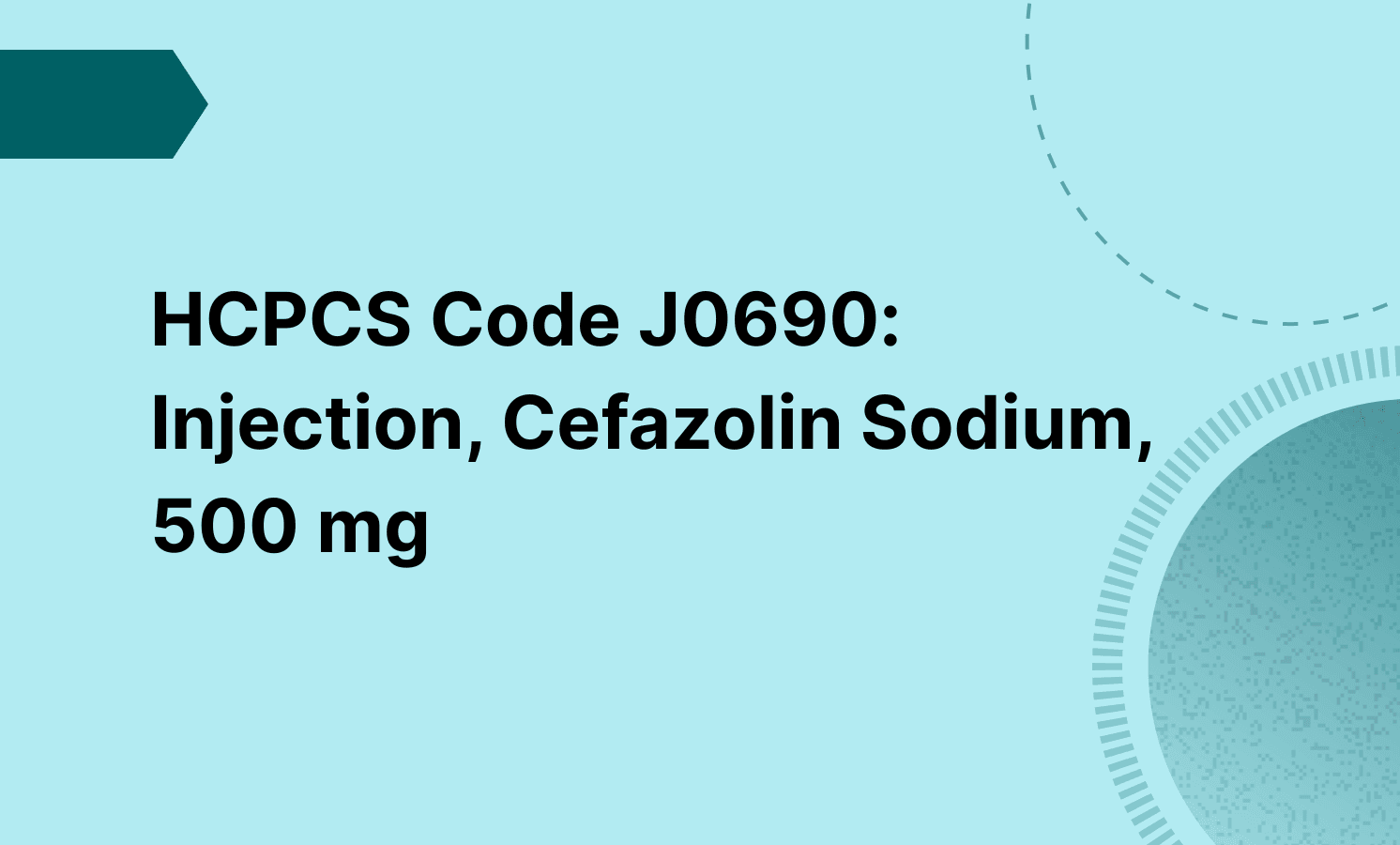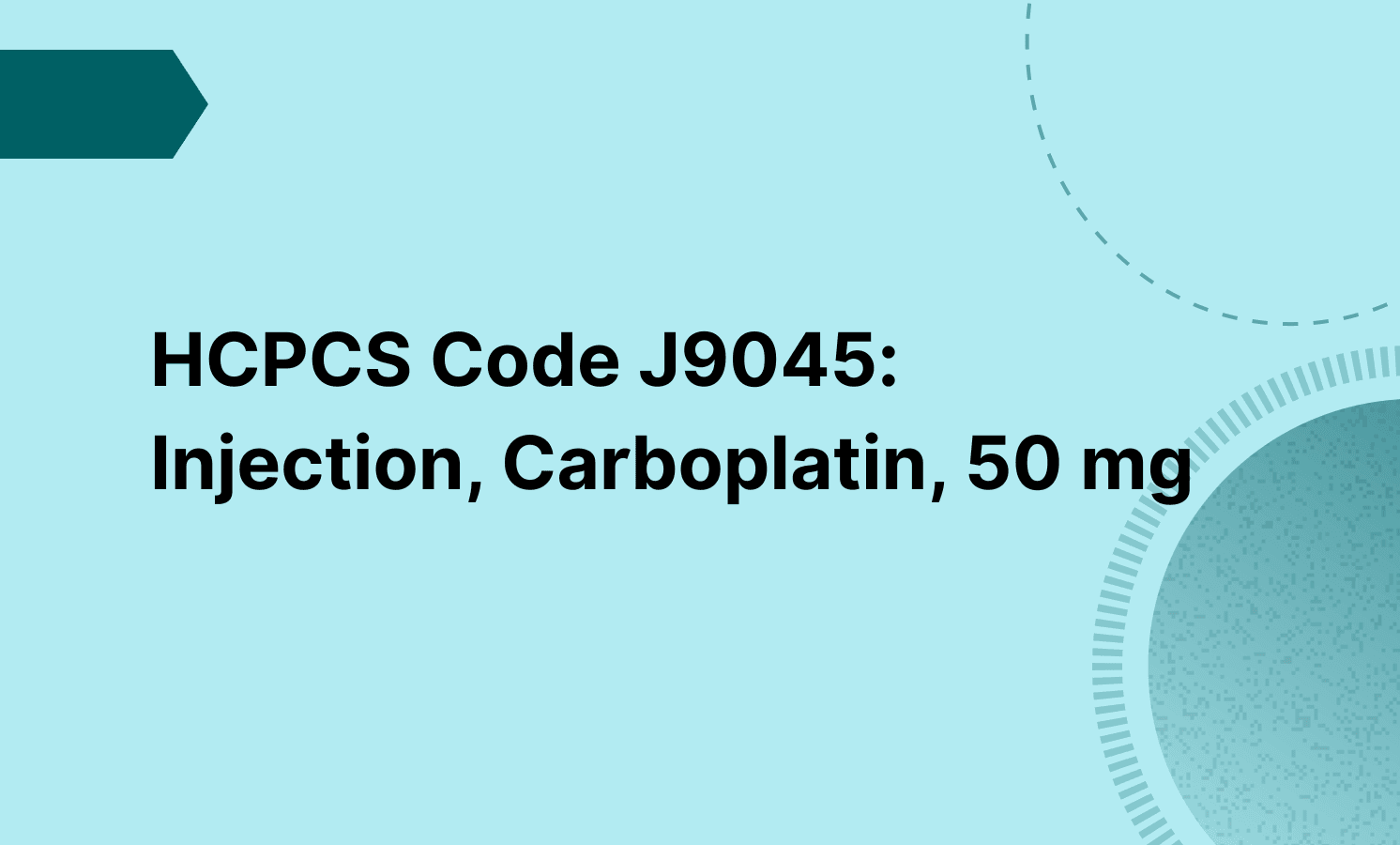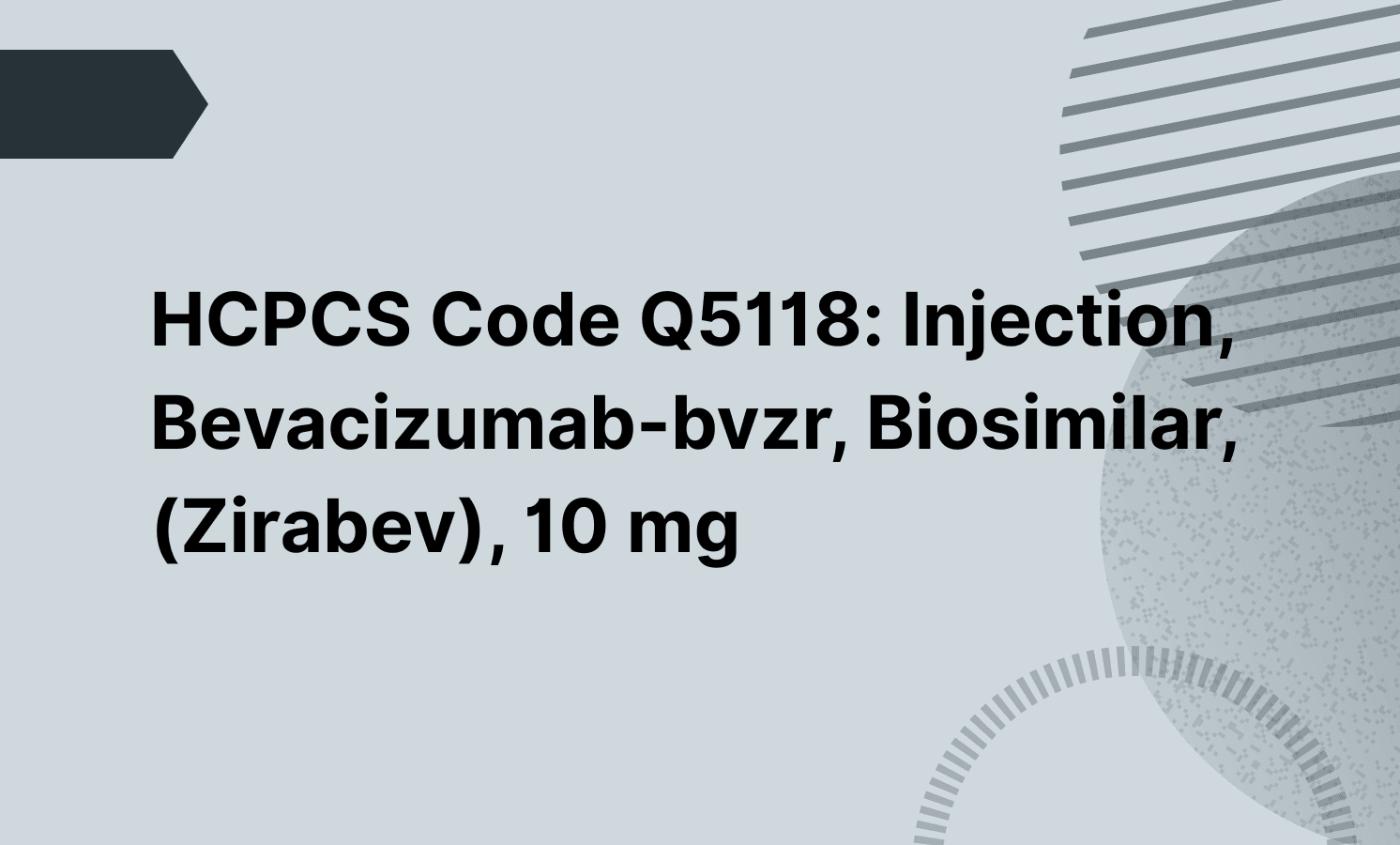Yes. Be sure to verify payer policies first.
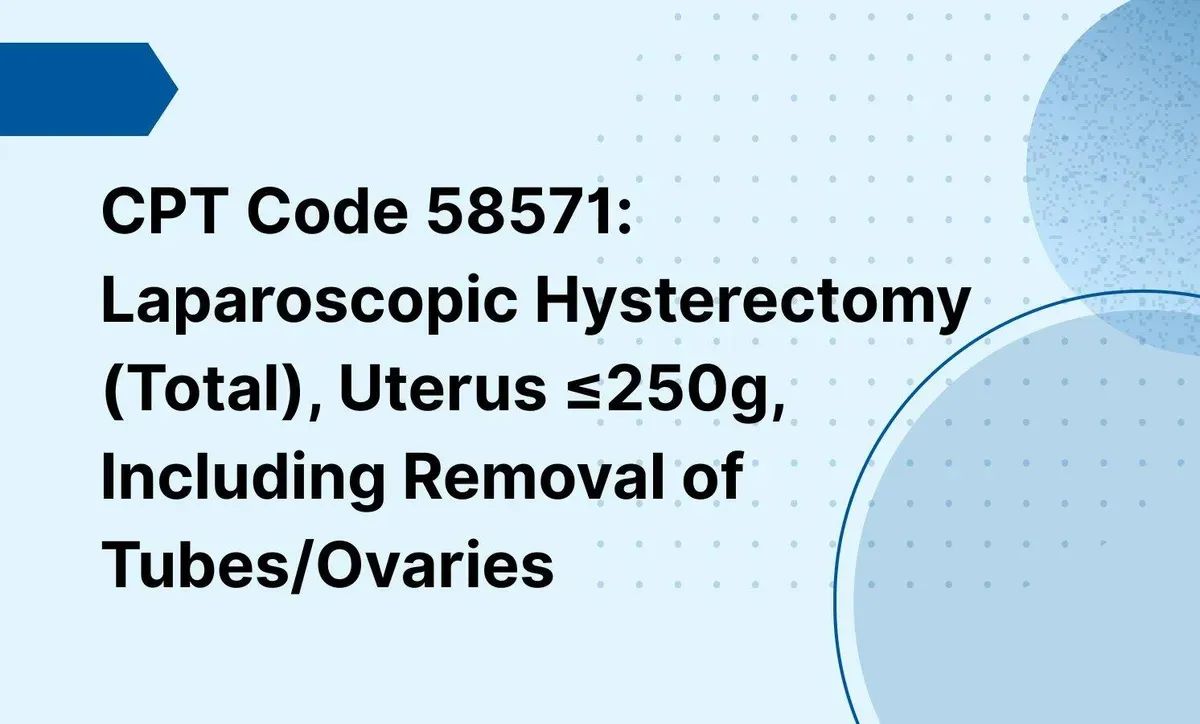
CPT Code 58571: Laparoscopic Hysterectomy (Total), Uterus ≤250g, Including Removal of Tubes/Ovaries
CPT Code 58571 covers total laparoscopic hysterectomy for the uterus ≤250g with the removal of tubes/ovaries. Learn documentation, billing, and coding tips.
Frequently asked questions
If the uterus exceeds 250 g, you should not use CPT 58571. Instead, select CPT 58573, which covers total laparoscopic hysterectomy for a uterus greater than 250 grams with the removal of tubes and/or ovaries. Always document the uterus weight in the operative report to justify the selected code.
Cystoscopy may be billed separately if medically necessary and not considered part of the standard hysterectomy procedure. However, check payer bundling policies, as some consider cystoscopy included with the hysterectomy. Proper documentation should describe the reason for performing cystoscopy.
EHR and practice management software
Get started for free
*No credit card required
Free
$0/usd
Unlimited clients
Telehealth
1GB of storage
Client portal text
Automated billing and online payments

